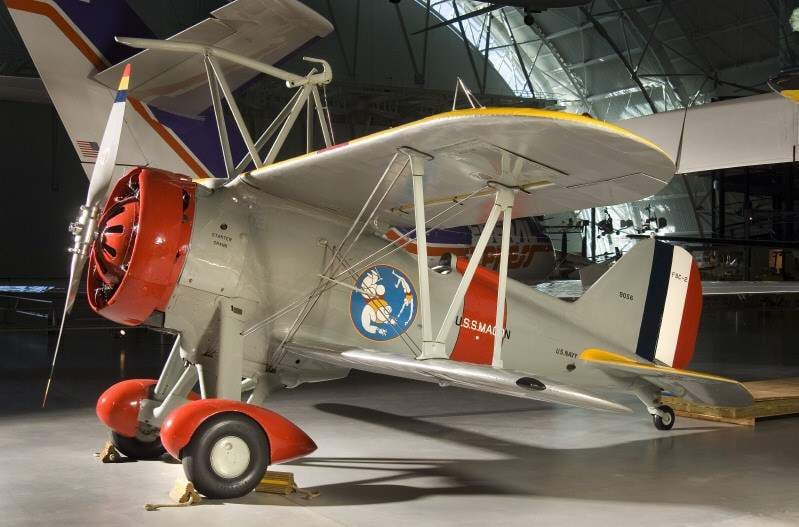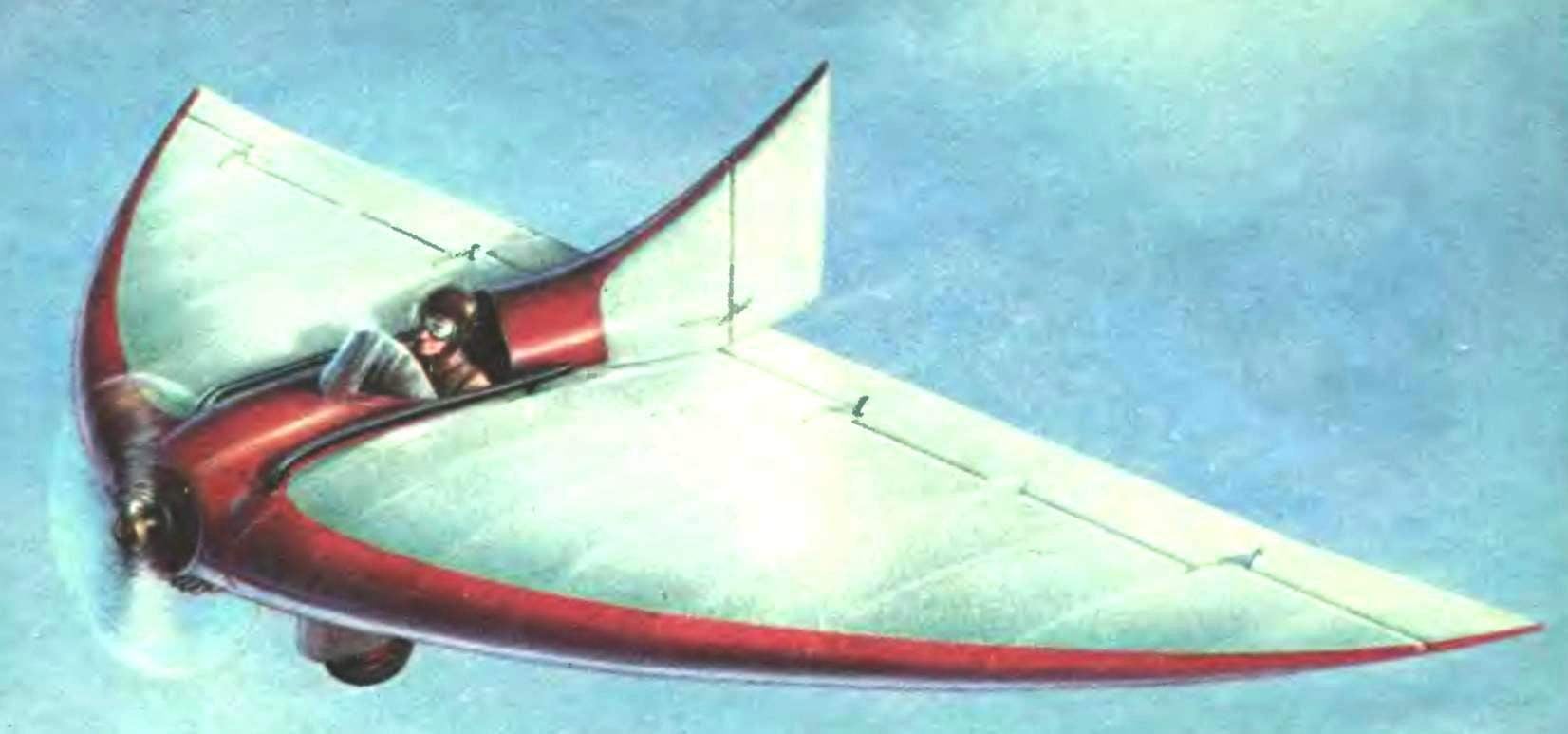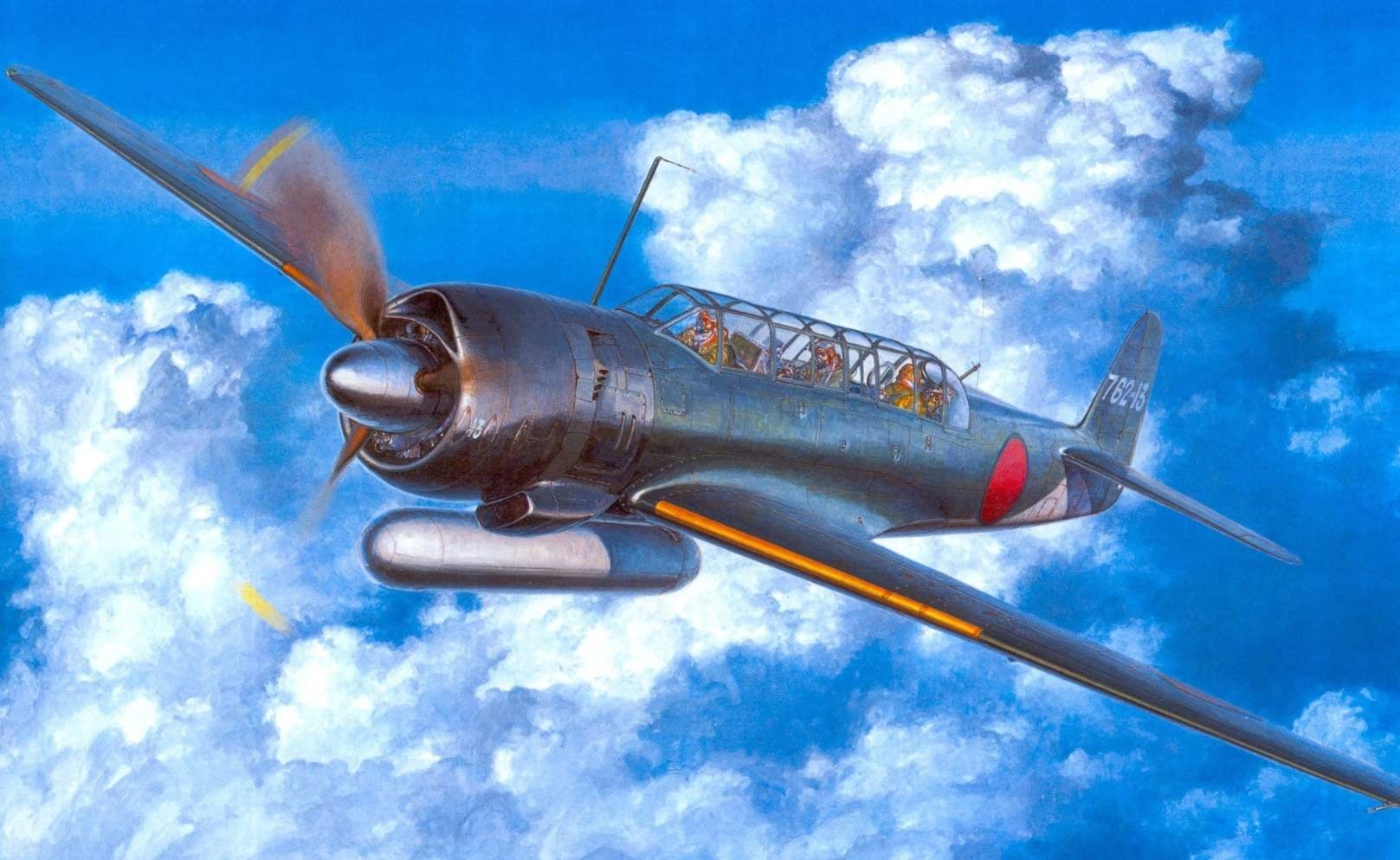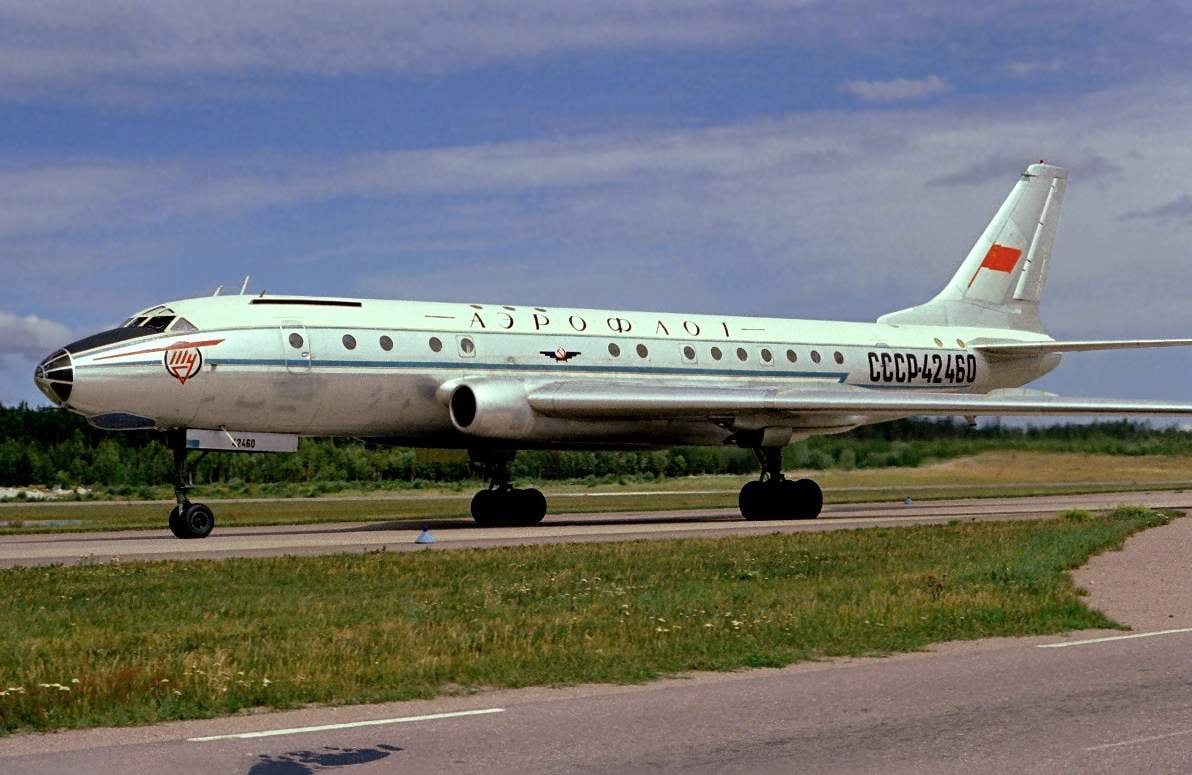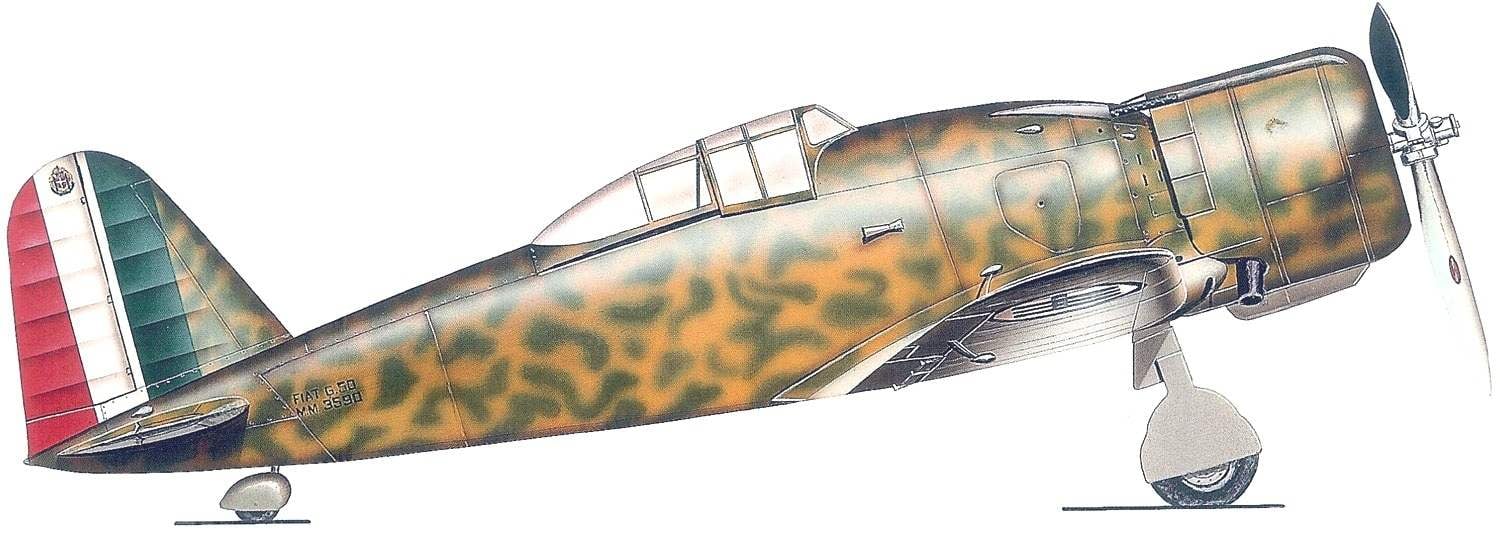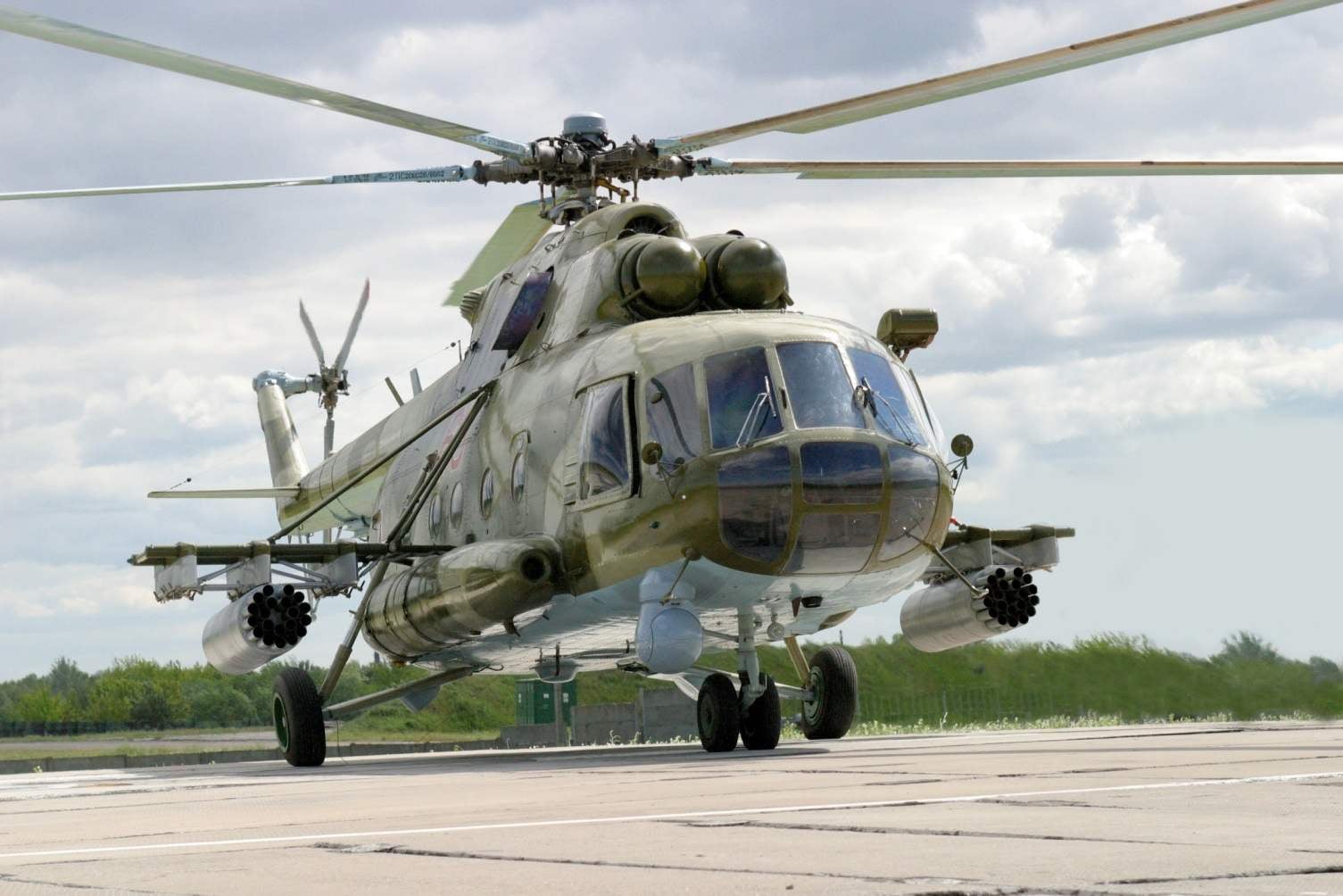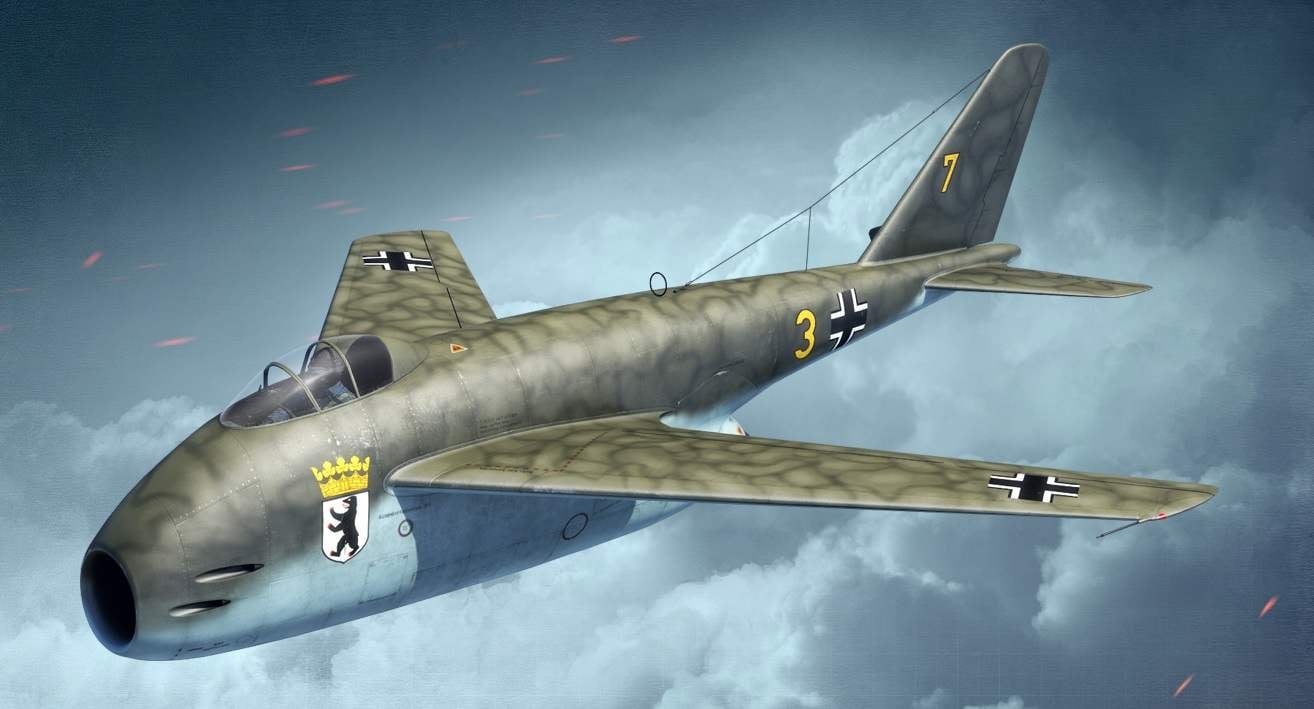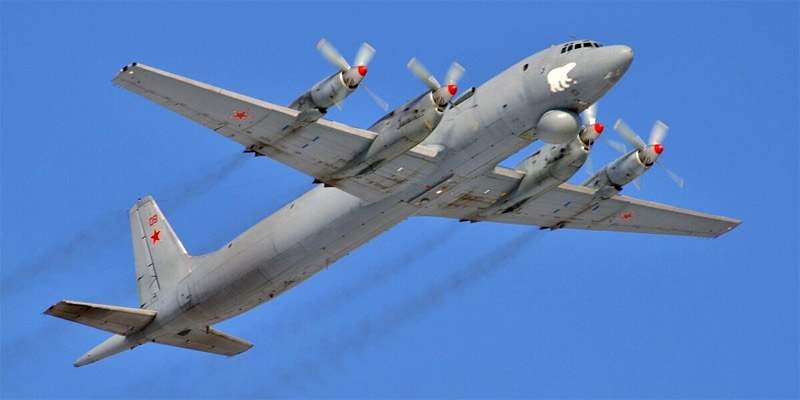 Recall. During the Second world war working on jet engines were in Germany on a broad front. They are ahead in this area all of the country and was able to convey in the production of two types of TRD – Ju-YuMO 004 and BMW 003. Equipped with their first jet aircraft – the Me 262, he 162 and ar 234 was the undoubted success of the German scientists and engineers. These aircraft are widely known, but the design idea was not on, and the command of the Luftwaffe in July 1944, announced a competition for the creation of the fighter that can replace the Me 262 and had the best flight and operational data.
Recall. During the Second world war working on jet engines were in Germany on a broad front. They are ahead in this area all of the country and was able to convey in the production of two types of TRD – Ju-YuMO 004 and BMW 003. Equipped with their first jet aircraft – the Me 262, he 162 and ar 234 was the undoubted success of the German scientists and engineers. These aircraft are widely known, but the design idea was not on, and the command of the Luftwaffe in July 1944, announced a competition for the creation of the fighter that can replace the Me 262 and had the best flight and operational data.
Aviation
“CIRCUS” FROM LEICHERT
 Enlisting in the First world war, the warring countries have moved from a flat ground-water surface warfare in three-dimensional space: clumsy aircraft, recently entertained the public at fairs began to turn into a formidable fighting machine. While “under the gun” was supplied all flying equipment — including lighter-than-air: balloons became the eyes of the army and Navy, but better airships turned into bombers.
Enlisting in the First world war, the warring countries have moved from a flat ground-water surface warfare in three-dimensional space: clumsy aircraft, recently entertained the public at fairs began to turn into a formidable fighting machine. While “under the gun” was supplied all flying equipment — including lighter-than-air: balloons became the eyes of the army and Navy, but better airships turned into bombers.
THE FIRST SWALLOW
 Guided missile “air — air” RS-1-U. In the late 1940-ies the main Soviet fighter-interceptor was an aircraft cannon. They can be used effectively to strike aircraft at distances not exceeding a few hundred meters. However, the rapid development of combat aircraft, the advent of nuclear weapons demanded that the fighters qualitatively new possibilities.
Guided missile “air — air” RS-1-U. In the late 1940-ies the main Soviet fighter-interceptor was an aircraft cannon. They can be used effectively to strike aircraft at distances not exceeding a few hundred meters. However, the rapid development of combat aircraft, the advent of nuclear weapons demanded that the fighters qualitatively new possibilities.INHABITED WING

 In December 1921 on the initiative of a group Krasnotsvetov (so called in those years, military pilots of the red Army) — the staff of the research version of the Air fleet was organized the first Soviet club “Soaring flight”. Among the most active of its members were B. I. Cheranovskii.
In December 1921 on the initiative of a group Krasnotsvetov (so called in those years, military pilots of the red Army) — the staff of the research version of the Air fleet was organized the first Soviet club “Soaring flight”. Among the most active of its members were B. I. Cheranovskii.“THE ELUSIVE CLOUD” FROM THE COUNTRY OF THE RISING SUN
 Initially, it should be noted that engineered as a carrier-based scout for use with class aircraft carriers Taiho C6N SAIUN ever from the deck did not fly. The first aircraft part, which has received a new machine, became the 121st kokutai formed on 1 October 1943. In service of this regiment were the scouts of the D4Y1-C, converted from a bomber D4Y1. Retraining for new equipment was conducted at a military air base Katori.
Initially, it should be noted that engineered as a carrier-based scout for use with class aircraft carriers Taiho C6N SAIUN ever from the deck did not fly. The first aircraft part, which has received a new machine, became the 121st kokutai formed on 1 October 1943. In service of this regiment were the scouts of the D4Y1-C, converted from a bomber D4Y1. Retraining for new equipment was conducted at a military air base Katori.
THE LINER IN UNIFORM
 Still in the process of creating a long-range bomber Tu-16 in the brigade of General types of OKB A. N. The Tupolev appeared first outline of a passenger jet Tu-2AM-3-200. Working drawings began in 1952 — 1953, but only in June of 1954 issued a decree of the government on the development of the future Tu-104.
Still in the process of creating a long-range bomber Tu-16 in the brigade of General types of OKB A. N. The Tupolev appeared first outline of a passenger jet Tu-2AM-3-200. Working drawings began in 1952 — 1953, but only in June of 1954 issued a decree of the government on the development of the future Tu-104.
THE ITALIAN “BOOM” IN SPAIN
 The beginning of a new period in the development of Italian fighter aircraft was the development of the company FIAT in 1936, the plane of the monoplane FIAT G. 50. The fact that Italy has long relied on fighter-biplanes, an ardent supporter of which was the chief designer of FIAT H. Rosatelli. The creation of the G. 50 monoplane associated with the advent of the firm young engineer G. Gabrielli, bringing with him many new ideas different from conservative supporters of fighters-biplanes.
The beginning of a new period in the development of Italian fighter aircraft was the development of the company FIAT in 1936, the plane of the monoplane FIAT G. 50. The fact that Italy has long relied on fighter-biplanes, an ardent supporter of which was the chief designer of FIAT H. Rosatelli. The creation of the G. 50 monoplane associated with the advent of the firm young engineer G. Gabrielli, bringing with him many new ideas different from conservative supporters of fighters-biplanes.ESSENTIAL “EIGHT”
 Siberian airfields early 70-ies of the last century — the time of intensive development of the Tyumen oil fields — is hard to imagine without helicopters, created in OKB M. L. Mil. In the summer the airfield is a small airport in Surgut worked several hundred helicopters. In addition to local squadron here flew helicopters from all over the Soviet Union. Mi-2, Mi-4, Mi-6 and Mi-8 was raised to the sky during the long daylight hours. Mi-2 and Mi-4 was delivered to the place of work of geologists, drillers, and numerous teams of builders, heavy Mi-6 was carrying bricks, boards, barrels of fuel, pipe, power transmission towers, drilling equipment, mobile homes. Such intense and dedicated work is clearly confirmed, as required in terms of the local offroad helicopter.
Siberian airfields early 70-ies of the last century — the time of intensive development of the Tyumen oil fields — is hard to imagine without helicopters, created in OKB M. L. Mil. In the summer the airfield is a small airport in Surgut worked several hundred helicopters. In addition to local squadron here flew helicopters from all over the Soviet Union. Mi-2, Mi-4, Mi-6 and Mi-8 was raised to the sky during the long daylight hours. Mi-2 and Mi-4 was delivered to the place of work of geologists, drillers, and numerous teams of builders, heavy Mi-6 was carrying bricks, boards, barrels of fuel, pipe, power transmission towers, drilling equipment, mobile homes. Such intense and dedicated work is clearly confirmed, as required in terms of the local offroad helicopter.LATEST JET FIGHTERS OF THE LUFTWAFFE
 During the Second world war working on jet engines were in Germany on a broad front. They are ahead in this area all of the country and was able to convey in the production of two types of TRD – Ju-YuMO 004 and BMW 003. Equipped with their first jet aircraft – the Me 262, he 162 and ar 234 was the undoubted success of the German scientists and engineers. These aircraft were successful and widely known, but the design idea was not on, and the command of the Luftwaffe in July 1944, announced a competition for the creation of the fighter, who had the best flight and operational data than the Me 262, and is able to replace him.
During the Second world war working on jet engines were in Germany on a broad front. They are ahead in this area all of the country and was able to convey in the production of two types of TRD – Ju-YuMO 004 and BMW 003. Equipped with their first jet aircraft – the Me 262, he 162 and ar 234 was the undoubted success of the German scientists and engineers. These aircraft were successful and widely known, but the design idea was not on, and the command of the Luftwaffe in July 1944, announced a competition for the creation of the fighter, who had the best flight and operational data than the Me 262, and is able to replace him.
The IL-38
 Soviet anti-submarine aircraft Il-38 was made on the basis of passenger Il-18V (1957). The new car wing moved forward, strengthened the chassis, carried out two cargo compartment. They placed the weapons from homing torpedoes and anti-submarine bombs of various types, as well as sonobuoys. The entire crew was focused in the pressurized cabin in the front of the plane, underneath the fairing was aerial surveillance radars. The aft fuselage was the end of the post for the magnetometer. Fuel capacity increased.
Soviet anti-submarine aircraft Il-38 was made on the basis of passenger Il-18V (1957). The new car wing moved forward, strengthened the chassis, carried out two cargo compartment. They placed the weapons from homing torpedoes and anti-submarine bombs of various types, as well as sonobuoys. The entire crew was focused in the pressurized cabin in the front of the plane, underneath the fairing was aerial surveillance radars. The aft fuselage was the end of the post for the magnetometer. Fuel capacity increased.
